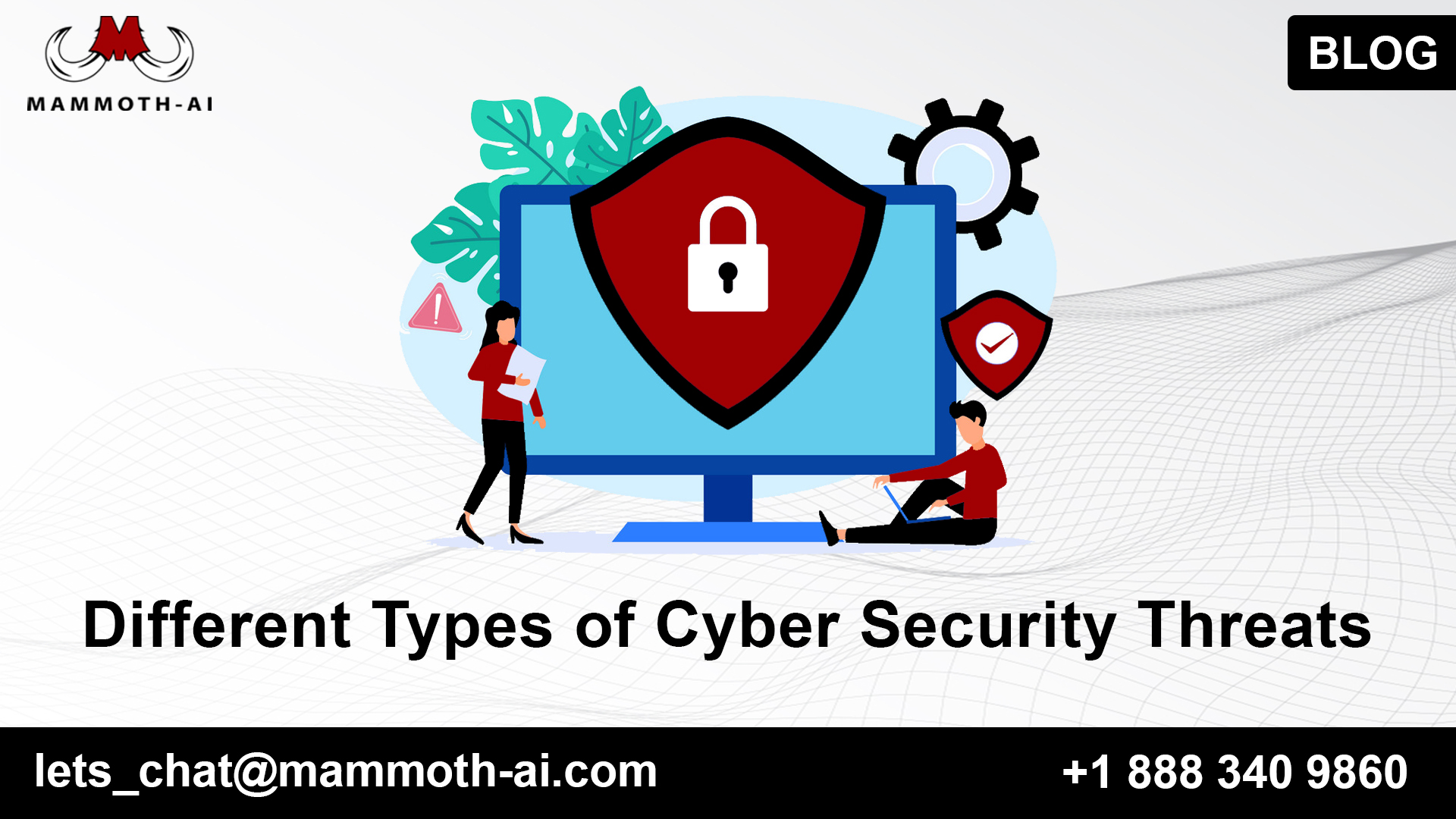A cybersecurity threat is the danger of a vicious attack by an individual or association endeavoring to get to an organization, degenerate information, or take personal data.
No organization is resistant to cyber-attacks and information breaks. Some cyberattacks could annihilate PC frameworks.
As cyber threats become progressively complex, your business should carry out security precautions to guard your information.
First, you need to understand the Different Types of Cyber Security Threats.
Viruses
Malware covers keyloggers, ransomware, contaminations, and bugs and is characterized as malicious software. Malware begins when a group clicks on a phishing email or document, which introduces hazardous programming. As per Cisco, once enacted, malware can:
- Access to basic organization parts is restricted (ransomware)
- Introduce extra malicious programs
- Get data covertly by sending information from the hard drive (spyware)
- Disturb individual parts, rendering the framework inoperable.
1.Emotet
Emotet is recognized by the Cyber Security and Infrastructure Security Agency (CISA) as “a strong, secluded financial Trojan that principally fills in as a downloader or drop of other financial Trojans.” Emotet stays among the most exorbitant and harming infections”.
2. Distributed Denial of Service (DDoS)
A DDoS assault plans to bring down an organization’s site by overpowering its servers with demands. It’s undifferentiated from continually calling an organization’s telephone number that real guests just get a bustling sign and never traverse.
In this assault, demands come from hundreds or thousands of IP tends that have presumably likewise been compromised and fooled into constantly mentioning an organization’s site.
A DDoS assault can over-burden your servers, dialing them back essentially or briefly taking them disconnected. These closures keep clients from getting to your site and finishing orders.
3.Man-in-the-Middle
The point when hackers embed themselves into a two-party trade is known as a man-in-the-middle (MITM) assault. As per Cisco, they can channel and take the information in the wake of hindering traffic. MITM assaults are normal when a guest joins to an unstable public Wi-Fi organization. Attackers place a boundary between the guest and the organization prior to introducing malware and taking information.
4.Scamming
Phishing assaults use faked data, like an email, to fool the beneficiary into opening it and carrying out the directions, for example, giving a charge card number. The reason, as per Cisco, is to “take delicate information, for example, charge card and login subtleties, or put malware on the victim’s PC”.
5.SQL Injection
Structured Query Language (SQL) injection is a kind of Digital Assault that includes embedding malignant code into a server. On the off chance that a server is hacked, data is spilled. It might be pretty much as straightforward as entering the vindictive programming into a vulnerable site in the pursuit field.
6.Password Cracking
A cyber attacker can gain admittance to any information with the correct password. Information Insider indicates that moral hacking is “a digital assailants’ methodology that depends for the most part on human organization and often involves drawing people into disregarding essential security rules.” Secret key assaults can likewise incorporate getting to a secret key data set or speculating a secret key.
Wrapping Up
At Mammoth-AI, it is thought to be the commitment to comprehend the infrastructure of a customer’s organization so any potential dangers and security ruptures can be identified before the event of any harm or information loss. A nitty gritty assessment of the organization’s security framework
is performed thus. The methodology created by the very experienced security personnel is consistence with the best procedures embraced in the industry.


